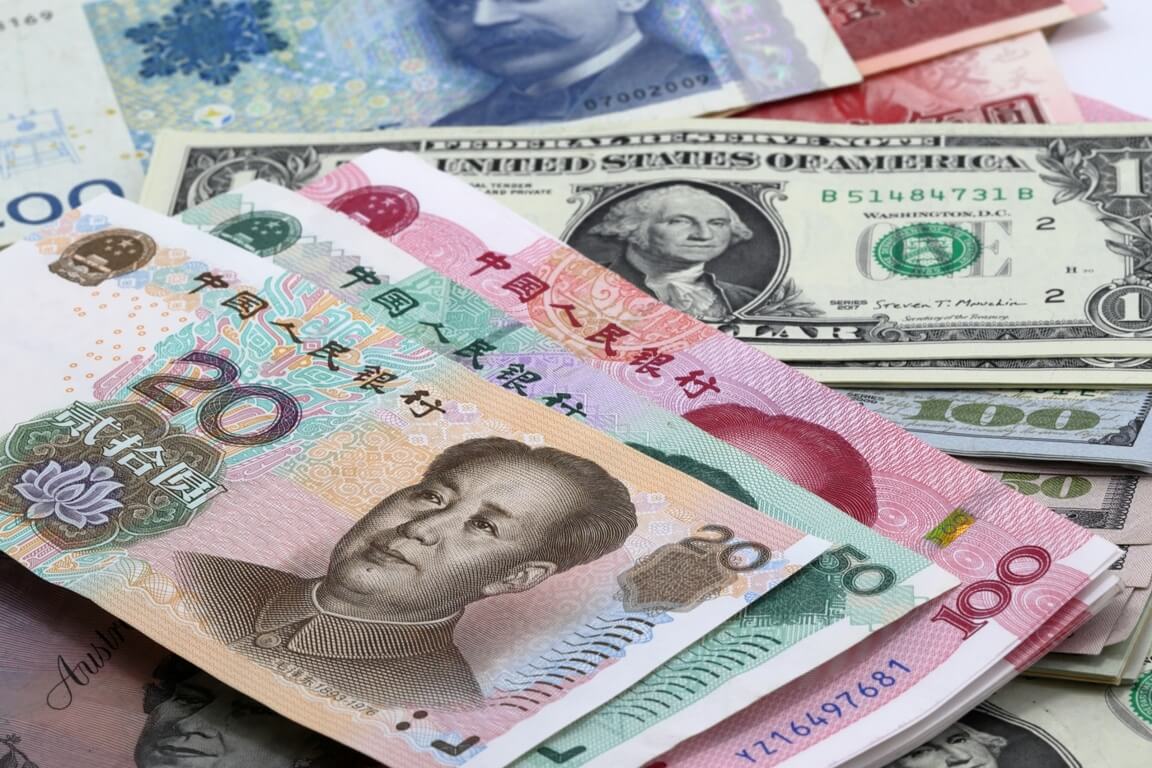The U.S. Dollar Is Rallying. How Are Other Currencies Faring?

The U.S. dollar surged forward on Monday, ending the session with gains for a fourth consecutive day. Traders are waiting for the key inflation data, which is due later this week. According to surveys, most market participants expect the data to show that inflation remains high. If these forecasts prove true, the Federal Reserve will likely continue its aggressive monetary policy until 2023.
The U.S. dollar index soared by 0.3% at 113.14 today, climbing toward last month’s 20-year peak of 114.78. On Friday, U.S. data showed that unemployment dropped unexpectedly. The world’s largest economy added more jobs than analysts predicted in September. Bond yields jumped higher due to this news as it increased the possibility of a 75 basis point rate hike by Fed in November.
Moreover, investors think that U.S. inflation data due on Thursday will probably show that headline inflation reached a skyrocketing 8.1% year-on-year rate last month. Still, it’s lower than the 8.3% reported in August.
On Monday, Chicago Fed President Charles Evans declared that inflation provide to be much more persistent than the U.S. central bank thought at the beginning. However, the agency may still manage to lower it without a sharp increase in unemployment and without pushing the American economy into a recession.
The Euro plummeted during this session. What about the Sterling?
The common currency tumbled down by 0.4% on Monday, exchanging hands at $0.9705 at last. The British Pound also ended in the red, declining for a fourth consecutive session even after the Bank of England tried to support it on the markets.
U.K. markets became volatile in late September. The government proposed a plan to cut taxes and ramp up borrowing, but investors met this news with great apprehension. As a result, the Sterling plunged so low that the BoE was forced to intervene and denounce its emergency bond-buying scheme.
The central bank stated today that it was prepared to buy 10 billion pounds of gilts. That is double the previous limit. The BoE has also created a new program that will help banks to access cash more easily. Despite these measures, the British currency continued falling. It exchanged hands lower by 0.2% at $1.1054 at last.
Overall, the mood on the markets was subdued as geopolitical tensions pushed traders towards the safe-haven dollar. The Australian dollar hit a 2-1/2-year low, dropping to US$0.6275 versus the greenback today.
Meanwhile, the Japanese yen dropped to 145.72 yen, losing almost 0.2% against the U.S. currency. At the same time, the offshore yuan declined to 7.1670. The dollar traded higher by 0.3% at 7.1539 yuan at last.
The Russian rouble also suffered as Russia continued firing missiles at Ukrainian cities, killing citizens. The currency collapsed to a three-month low.
On the other hand, several Latin American currencies soared, with the Brazilian real gaining the most. The latter jumped by 0.4% as traders celebrated promising results for far-right President Jair Bolsonaro in the first round of presidential elections. Mexico’s peso also gained 0.2% on Monday. However, Hungary’s forint plummeted to a record low against the common currency.
More By This Author:
Bitcoin And Ethereum: Pressure On Cryptocurrency Prices
Fears Of Fed’s Hawkish Sentiments Are Haunting Asian Markets
The US Dollar Fluctuated Friday. What About The Japanese Yen?
Disclaimer: Finance Brokerage and its workforce cannot, and do not, absolute warrant the accuracy, relevancy, reliability, consistency, and completeness of any information and materials in the ...
more


